Vincent van Gogh
Introduction
Vincent Willem van Gogh, a Dutch Post-Impressionist painter, is renowned as one of the most significant figures in Western art history. Over a span of just over ten years, he produced approximately 2100 artworks, including about 860 oil paintings, with a majority created in the last two years of his life. His diverse oeuvre encompasses landscapes, still life, portraits, and self-portraits, distinguished by vibrant colors and expressive brushwork that contributed to the development of expressionism in modern art. Vincent van Gogh's bold use of color, expressive brushstrokes, and distinctive forms left an indelible mark on the course of modern art, notably influencing the emergence of Expressionism. Following his passing, van Gogh's art experienced a remarkable surge in popularity, particularly during the late 20th century. His works fetched record-breaking prices at auctions worldwide and headlined blockbuster exhibitions that captivated audiences globally.
Moreover, van Gogh's extensive collection of published letters contributed significantly to his mythologization as the archetypal tormented artist in popular culture. His tumultuous life, coupled with the enduring allure of his art, cemented his status as a cultural icon whose impact continues to resonate profoundly in the contemporary art world. Van Gogh's artistic talent was gaining recognition before his untimely death at the age of 37, initially believed to be a suicide. However, in recent times, many historians and researchers have speculated that his death might have been due to homicide. Notably, during his lifetime, only one of Van Gogh's paintings, "The Red Vineyard," was sold.
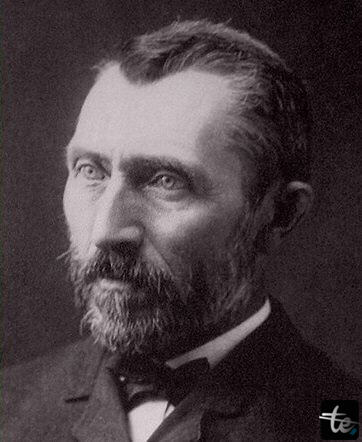
Early Life
Vincent van Gogh was born into an upper-middle-class family and exhibited artistic talent from a young age, although he also showed signs of mental instability. As a young man, he worked as an art dealer and experienced periods of depression, especially during his time in London. Seeking solace, he briefly pursued a religious path as a missionary in southern Belgium before eventually turning to painting in 1881 while living with his parents. Throughout his artistic journey, he received financial support from his younger brother, Theo, with whom he maintained a close correspondence.
Van Gogh's early works predominantly featured still lifes and scenes of peasant life. In 1886, he moved to Paris, where he engaged with avant-garde artists like Émile Bernard and Paul Gauguin, who were exploring new artistic directions beyond Impressionism. His move to Arles in 1888 marked a significant shift in his art, characterized by vibrant colors and a focus on the natural world, including local landscapes like olive groves and sunflower fields. Van Gogh's hope for artistic collaboration with Gauguin in Arles was short-lived, as their relationship deteriorated, culminating in Van Gogh severing his own ear during a psychotic episode.
Struggling with mental health issues, Van Gogh spent time in psychiatric hospitals, including a period at Saint-Rémy. Despite moments of critical acclaim towards the end of his life, Van Gogh battled ongoing depression and physical ailments. He tragically died on July 29, 1890, likely by suicide, leaving behind a legacy of misunderstood genius.
Posthumously, Van Gogh's art gained immense popularity, influencing avant-garde movements like the Fauves and German Expressionists. His use of bold colors, expressive brushwork, and emotional depth resonated deeply with subsequent generations of artists. Today, Van Gogh's paintings are highly coveted and his legacy is preserved at the Van Gogh Museum in Amsterdam, which houses the largest collection of his artworks.
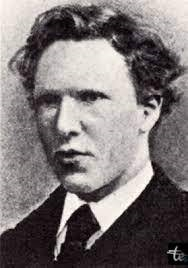
Works
Vincent van Gogh's journey through various locations and life experiences significantly shaped his artistic development and personal struggles. Here is a rewritten version of his timeline for clarity and flow:
In April 1876, Vincent van Gogh returned to England and took up an unpaid teaching position in Ramsgate. Later, he moved to Isleworth in Middlesex, working first as an assistant to a Methodist minister and then briefly at a bookshop in Dordrecht. During this period, he also dabbled in translating Bible passages and doodling.
In 1877, Van Gogh's family sent him to Amsterdam to prepare for the University of Amsterdam's theology entrance exam, which he failed. He also faced challenges in a missionary course in Laken, Belgium. By 1879, he became a missionary in Petit-Wasmes, Belgium, but disagreements with church authorities led to his dismissal. He briefly returned to Brussels and Cuesmes before finally going back to Etten due to family pressure.
After several moves and personal struggles, including a short stay in a lunatic asylum considered by his father, Van Gogh followed his brother Theo's suggestion and pursued art seriously in Brussels. He studied at the Académie Royale des Beaux-Arts, focusing on capturing scenes and people around him.
Returning to Etten in April 1881, Van Gogh continued drawing, often using his neighbors as subjects. During this time, he developed romantic feelings for his cousin Kee Vos-Stricker, leading to emotional distress when she declined his proposal. This period also saw conflicts with his mentor Anton Mauve and a tumultuous relationship with Clasina Maria "Sien" Hoornik.
Despite these challenges, Van Gogh's artistic skills flourished, and he produced numerous works in various mediums. In Nuenen, he depicted rural life and peasant scenes, creating nearly 200 oil paintings alongside drawings and watercolors. However, personal turmoil, including a failed romantic relationship and family issues, added to his emotional burden.
Interest in Van Gogh's work grew, leading him to Paris in 1886. There, he explored different artistic styles and techniques, influenced by artists like Adolphe Monticelli and Japanese ukiyo-e prints. Van Gogh's time in Paris was marked by interactions with fellow artists, exhibitions, and a vibrant artistic community.
Feeling exhausted from city life, Van Gogh left Paris in 1888 and settled in Arles, where he experienced a burst of creativity. He painted iconic works like "The Night Café," "Starry Night Over the Rhone," and "Sunflowers," capturing the vibrant colors and scenes of the countryside.
However, conflicts with Paul Gauguin and deteriorating mental health led to the infamous ear mutilation incident in December 1888. Van Gogh voluntarily entered an asylum in Saint-Rémy-de-Provence in 1889, where he continued to create art despite struggles with his mental state.
Van Gogh's legacy endures through his innovative use of color, expressive brushwork, and emotional depth in his artworks. His contributions to art continue to inspire and resonate with audiences worldwide.
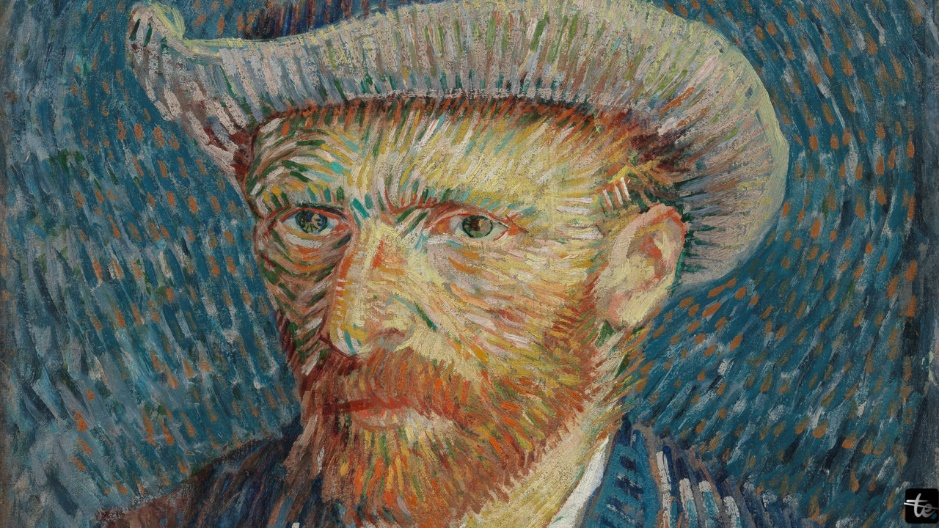
Death
On July 27, 1890, at the age of 37, Vincent van Gogh tragically shot himself in the chest with a revolver. The incident occurred either in the wheat field where he had been painting or in a nearby barn. Remarkably, the bullet was deflected by a rib and passed through his chest without causing significant internal damage, possibly halted by his spine. Despite this, he managed to walk back to the Auberge Ravoux, where he received medical attention from two doctors, including Dr. Gachet, a war surgeon with expertise in gunshot wounds. It's speculated that Dr. Gachet's son, Paul Louis Gachet, and the innkeeper, Arthur Ravoux, also assisted in his care that night.
The following morning, Vincent's brother, Theo, rushed to his side and found him in relatively good spirits. However, Vincent's health quickly deteriorated due to an infection from the gunshot wound. He passed away in the early hours of July 29. Theo recounted Vincent's last words as, "The sadness will last forever."
Vincent van Gogh was laid to rest on July 30 in the municipal cemetery of Auvers-sur-Oise. The funeral was attended by family members, friends, and locals, including Theo van Gogh, Andries Bonger, Charles Laval, Lucien Pissarro, Émile Bernard, Julien Tanguy, and Paul Gachet.
The loss of Vincent deeply affected Theo, who was already battling syphilis. He struggled to cope with his brother's absence and passed away on January 25, 1891, and was initially buried in Utrecht. In 1914, Theo's body was exhumed and reburied alongside Vincent's at Auvers-sur-Oise, where they now rest side by side.
Van Gogh's illness has been a subject of ongoing debate, with various retrospective diagnoses proposed. While some suggest bipolar disorder, others argue for acute intermittent porphyria or temporal lobe epilepsy, exacerbated by factors like malnutrition, overwork, insomnia, and alcohol consumption.
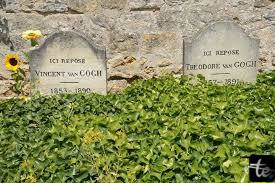
Style of Works
- Van Gogh's early artistic journey included school drawings and watercolors, though few survive today and some face authorship challenges.
- As an adult starting in art, he initially struggled and faced setbacks, including commissioned drawings that didn't meet expectations.
- Van Gogh persisted and experimented with techniques, especially lighting, in his studio, focusing on single-figure studies in black and white.
- Financial support from his brother allowed Van Gogh to work en plein air, revitalizing his painting vigor and leading to multi-figure compositions.
- Influenced by Dutch Masters like Rembrandt, he mastered a new, lighter palette during his Paris stay from 1886 to 1887.
- In Paris, he successfully experimented with brighter colors and complementary contrasts, influenced by Charles Blanc's color theories.
- Van Gogh's move to Arles shaped his style, focusing on capturing rural life, nature's essence, and the symbolic power of labor and sunlight.
- His notable works during this period include "The Sower," "Night Café," "Memory of the Garden at Etten," and "Starry Night," showcasing bold brushwork and vibrant colors.
- Van Gogh's self-portraits evolved from intense and introspective early ones to later, more colorful, and expressive ones, reflecting his stylistic growth.
- Thematic explorations in his art included flowers, orchards, wheat fields, and landscapes, revealing his fascination with color, light, and nature's symbolism.
Legacy
On the anniversary of his passing, we honor Vincent van Gogh and reflect on his profound impact on the world. His legacy spans a treasure trove of masterpieces, from the vibrant Sunflowers and Irises to the iconic Starry Night and serene Wheat Field paintings. Beyond his artistic brilliance, Van Gogh's influence extends to shaping the very fabric of the art world.
Despite selling only one painting during his lifetime, Van Gogh's posthumous rise to fame has been nothing short of extraordinary. His works have inspired countless artists, been immortalized in popular songs, and featured in numerous films. His enduring dedication to creating beauty, even in the face of limited recognition, speaks volumes about his passion, courage, and unwavering commitment to his craft.
Van Gogh's artistic philosophy, as expressed in a letter to his brother Theo in 1882, emphasizes the importance of capturing the essence of nature rather than adhering strictly to traditional artistic conventions. He believed in the power of portraying reality as he perceived it, imbuing his art with a profound sense of authenticity and emotion.
Beyond his visual art, Van Gogh's written legacy also resonates deeply. His extensive correspondence provides a unique window into his life, thoughts, and the transformative period in art history during which he lived. Through his letters, we gain deeper insights into his artistic journey, personal growth, and profound reflections on life.
Vincent van Gogh's enduring presence in art history ensures that his legacy will continue to inspire and captivate generations to come.
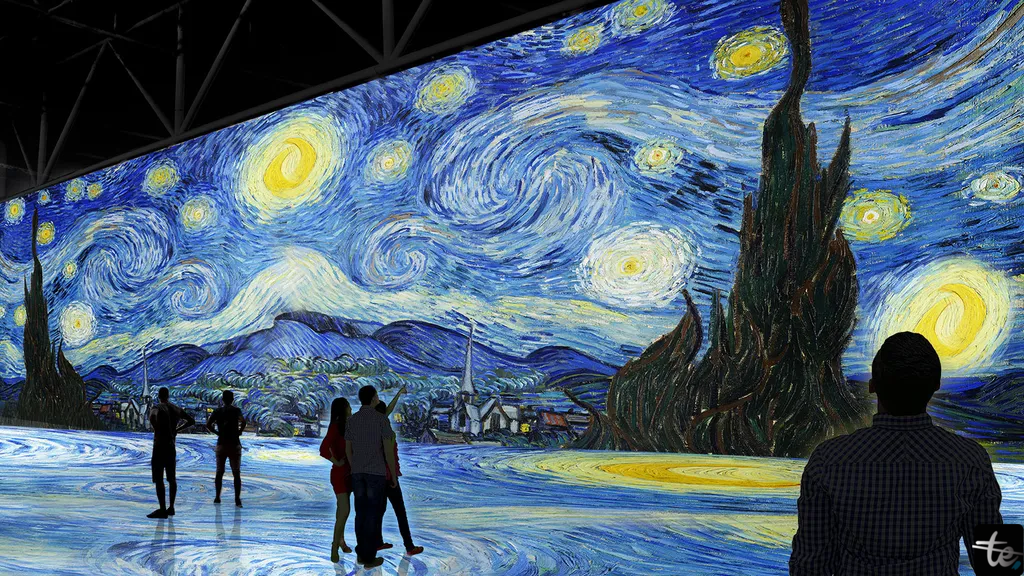
Achievements and Facts
- Created almost 900 paintings and 1,100 works on paper in just 10 years.
- Experienced mental illness, with symptoms including hallucinations, depression, and seizures.
- Lived in poverty, surviving on staples like coffee, cigarettes, and bread.
- Earned the nickname "The Redheaded Madman" due to his mental health struggles.
- Involved in the controversial incident of cutting off part of his ear, with conflicting theories about the details.
- Completed "Starry Night" while in the Saint-Paul-de-Mausole hospital.
- Painted 43 self-portraits, often reflecting his physical and emotional state.
- Died from a self-inflicted gunshot wound, though there are alternative theories about his death.
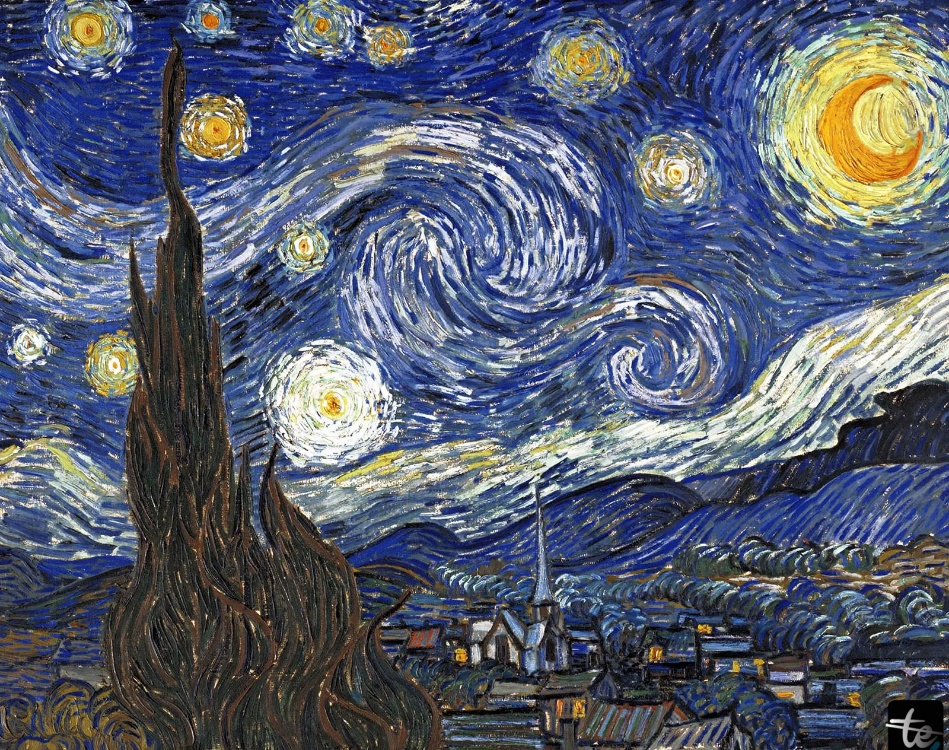
Conclusion
Vincent van Gogh's life stands as a testament to boundless passion, unparalleled creativity, and unwavering resilience amidst profound adversity. Despite grappling with the formidable challenges of mental illness, poverty, and personal turmoil, he forged an extraordinary body of work that continues to captivate and resonate with audiences worldwide. His paintings, renowned for their vibrant colors and profound emotional depth, serve as a mirror reflecting his unique perspective on the natural world, humanity, and the complexities of human experience.
Van Gogh's steadfast commitment to artistic exploration propelled him into the vanguard of post-impressionism, establishing him as a seminal figure in the annals of art history. His introspective self-portraits transcend mere physical likeness, offering glimpses into his internal struggles, contemplations, and profound insights.
Despite enduring hardships, including the tragic episode surrounding his ear and his untimely departure, van Gogh's legacy endures as a beacon of artistic brilliance and the transformative power of creative expression. His life's journey serves as a poignant reminder of the enduring impact of creativity, resilience, and determination in shaping cultural landscapes and inspiring generations across the ages.